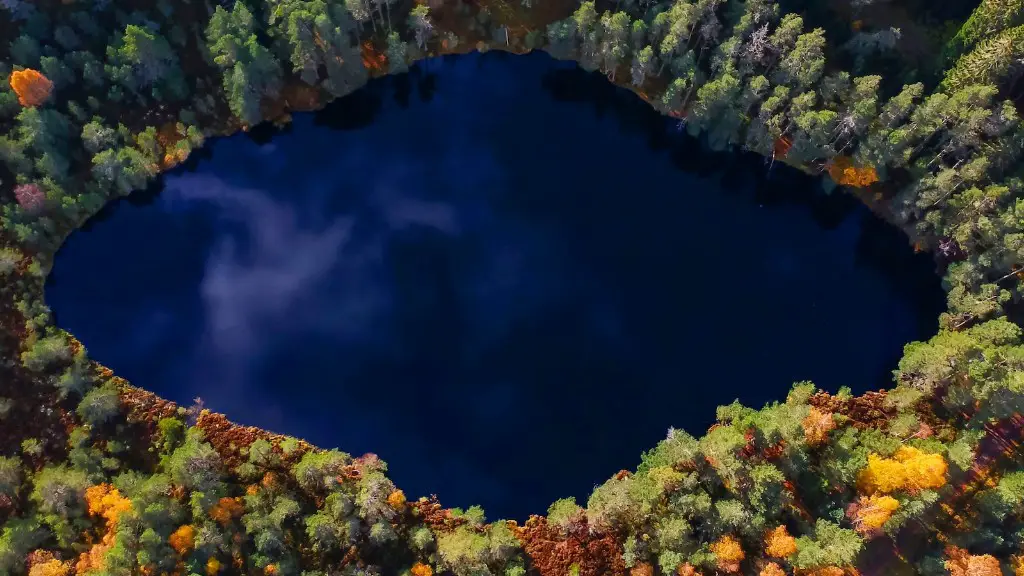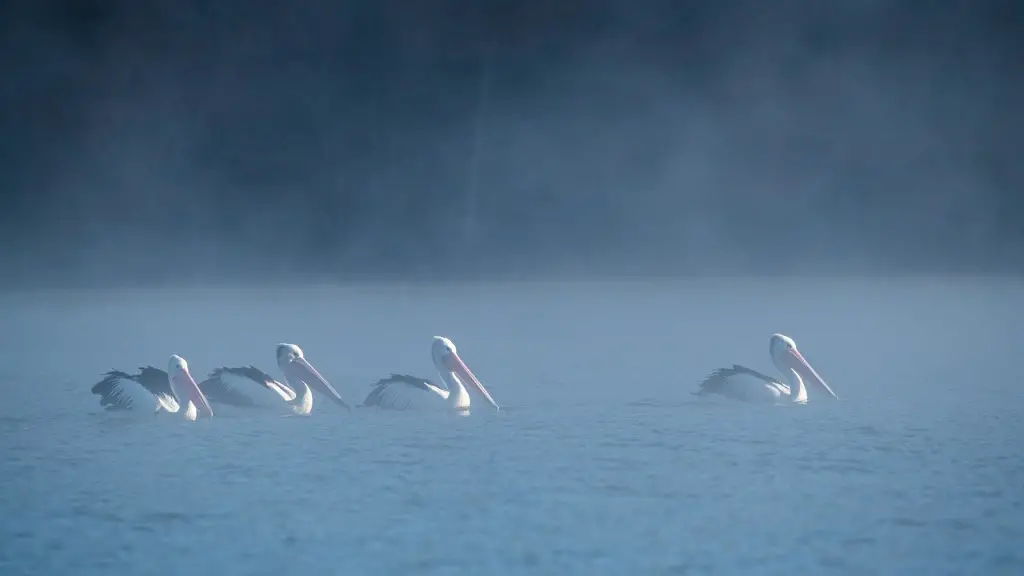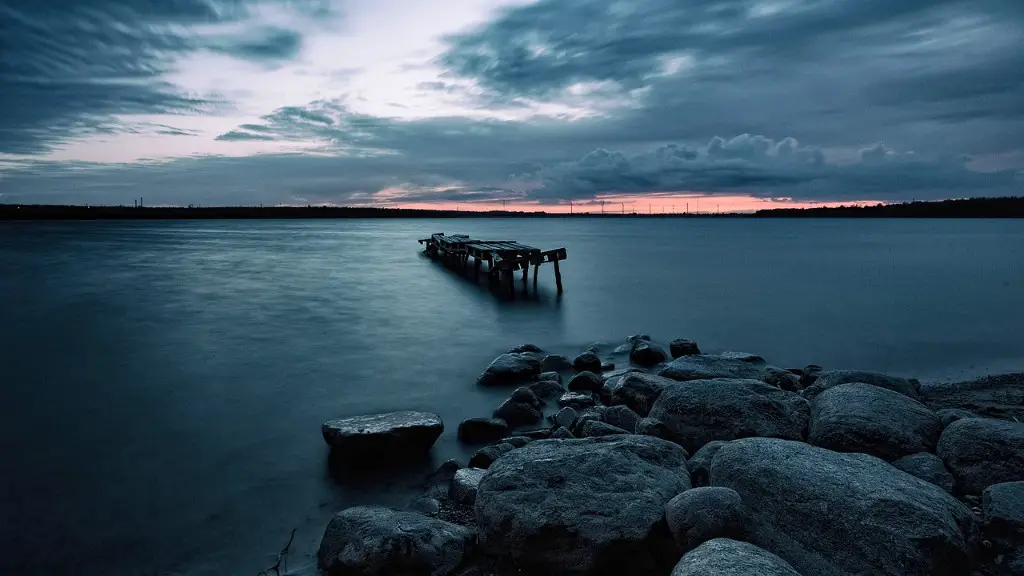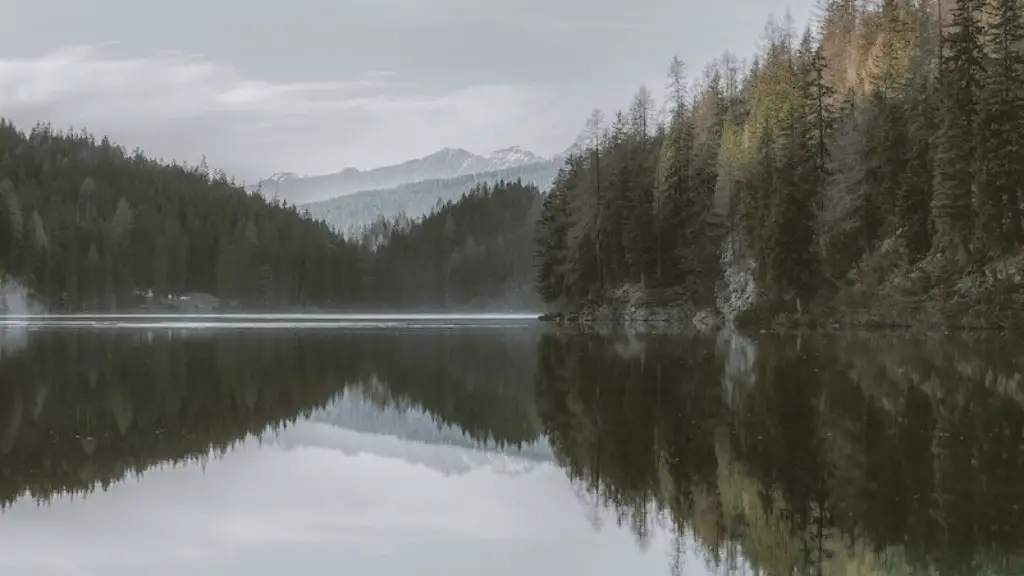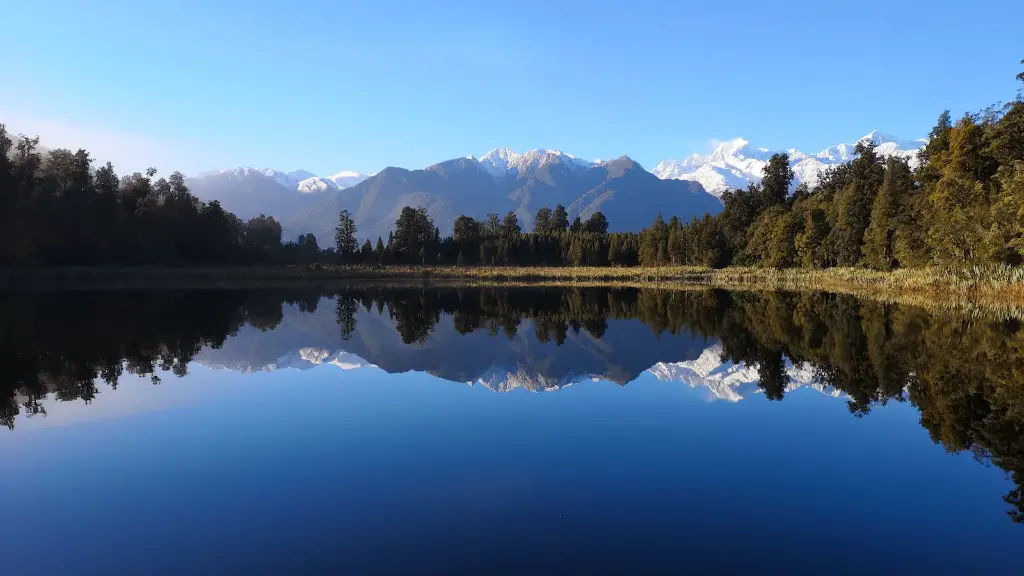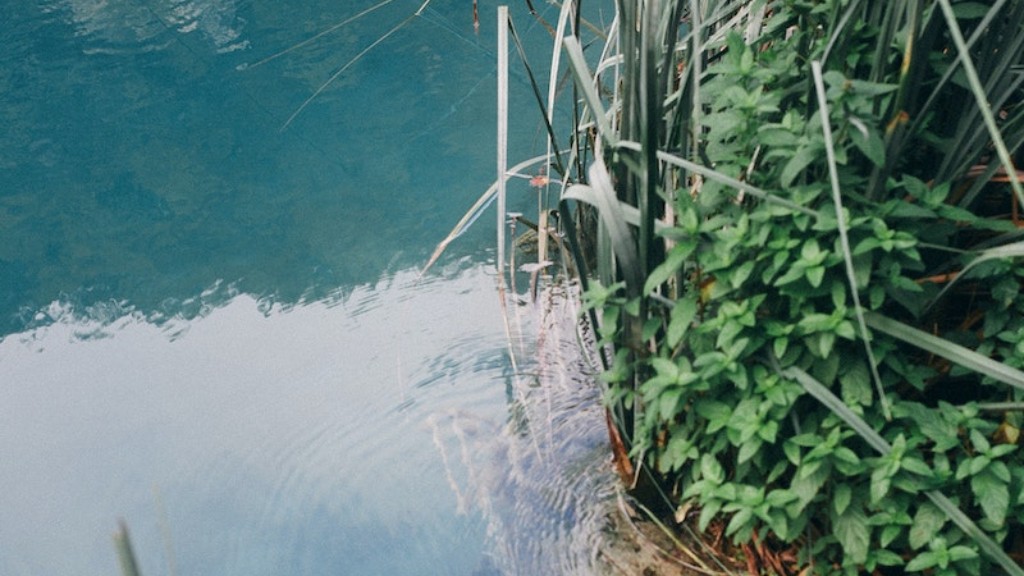Early Explorers of Lake Superior
The Anishinaabe people were the first inhabitants of Lake Superior. They had lived there for centuries, sharing their knowledge and understanding of the lake with other local tribes.
European explorers first arrived in the early 1600s. Etienne Brule, a French explorer and coureur des bois, is believed to have been the first to visit Lake Superior in 1622. Brule made contact with a local Native American tribe and exchanged trade goods, learning about the size and shape of the lake and the trails around it.
French missionaries followed in 1658, establishing a mission near Sault Ste. Marie. It was Jean Nicolet, also a coureur des bois and ambassador of New France, who officially explored and mapped the western side of Lake Superior. He also attempted to make contact with the Anishinaabe people of the region.
The British explorer David Thompson was the next to explore the region. He arrived in the 1790s, sailing and mapping his way around the lake. He followed in the footsteps of Brule and Nicolet, noting the natural features, Indigenous people, and fur trading opportunities.
Henry Schoolcraft arrived in the 1800s. He was an explorer and an official of the US Indian Service. In his position, he lived among various Anishinaabe communities and recorded their customs, songs, and mythology. He was so respected and admired during his stay that he was adopted by the Anishinaabe people.
These early explorers helped to open the region to further European settlement and fur-trading activities. They also helped to document the lives, customs, and cultures of the Anishinaabe.
Impact of European Settlement
By the mid-1800s, Europeans had overrun the region surrounding Lake Superior, establishing fur-trading posts, building railways, and introducing new settlement-based industries.
With the arrival of Europeans, the traditional practices and ways of life of the Anishinaabe were replaced by the new settlers’ belief systems and practices. This resulted in a dramatic transformation of the landscape and an alteration of the Indigenous population.
Fur-trading and commercial fishing became the major industries in the area, with the exploitative treatment of land and resources leading to a depletion of resources and a disruption of traditional activities. As the population grew, logging and mining also began, resulting in further deforestation, pollution, and the displacement of the Anishinaabe people.
The once pristine waters of Lake Superior were now beset with environmental problems related to over-fishing, pollution, and over-exploitation of natural resources.
Attempts were made to regulate the use of the lake and its resources, but they were largely unsuccessful due to limited technology and resources, as well as the limited understanding of the ecological systems.
The effects of European settlement on the environment and Indigenous peoples of Lake Superior were significant, and were felt for generations.
Conservation Efforts
In recent years, efforts have been made to protect and restore the lake and its surrounding environment. Home to many species of fish, mammals, and birds, Lake Superior is an important ecosystem.
In the last few decades, conservationists have worked to reduce pollution, preserve wildlife habitats, and restore natural areas through reforestation and replanting.
Non-profit and government organizations have also worked together to create protected areas and limited-use zones in the lake.
The Anishinaabe communities have played a key role in these efforts, drawing on their traditional knowledge and understanding of the lake. While the fishing season was once open all year, they proposed more sustainable practices such as shorter fishing seasons and stricter restrictions on catches.
These conservation efforts have had a positive impact on the environment and local wildlife, and have also helped to restore and protect traditional practices.
Lake Superior Today
Today, Lake Superior is a major tourist destination, attracting visitors from all over the world. It is the largest of the five Great Lakes, and is home to some of the most beautiful scenery in North America.
Local hotels, restaurants, and resorts have opened to accommodate the increasing number of visitors, while eco-tourism activities such as kayaking, snorkeling, and bird-watching have grown in popularity over the years.
The lake is also home to a vibrant fishing industry, and to many Indigenous communities.
The Anishinaabe people have a deep connection to the area and still practice many of their traditional customs and beliefs. They are the original stewards of the lake, and continue to work with conservationists and environmentalists to ensure it is protected and preserved.
From its earliest days as the home of the Anishinaabe people, to being explored by Europeans, to its current status as a major tourist destination and natural wonder, Lake Superior has a long and rich history.
Environmental Challenges
Although much progress has been made in conservation efforts, there are still environmental challenges facing the lake.
Pollution, over-fishing, and invasive species are some of the major threats currently affecting the lake. Concerns are also being raised about the long-term impacts of climate change and human activities on the lake’s environment.
In response to these challenges, a number of initiatives have been launched in recent years. These include using green technologies to reduce emissions, creating protected areas and limited-use zones, and encouraging sustainable practices.
Research is also being done to better understand the lake’s biological systems, and to monitor the health of the lake and its ecosystems.
Education campaigns have been launched to raise awareness of the lake’s importance, and to encourage individuals and communities to take action.
Conclusion
Lake Superior was first discovered by the Anishinaabe people and later explored by European explorers, missionaries, and fur traders. The arrival of Europeans in the region had profound impacts on the environment, the Indigenous inhabitants, and the economics of the area.
Conservation efforts have been made in recent years to protect the lake, while tourism has also been on the rise. Despite these efforts, environmental challenges remain, and further research and action is needed to ensure the health of the lake.
